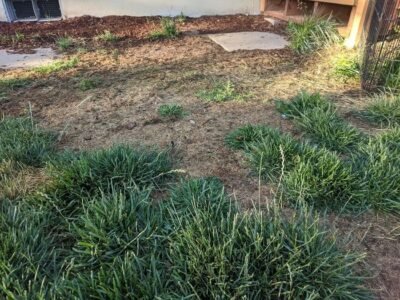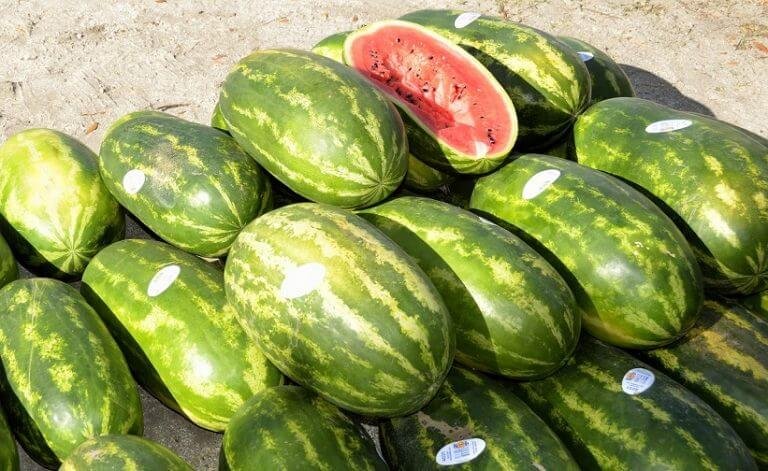36 Farm Tools Every Farmer Needs For Easy Gardening

There are quite a lot of farm tools that every farmer must know about and have in their store.
This article lists some types of farm equipment with a quick description and images for easy identification.
Farm implements are some of the things that can simplify farming in other words make it fun.
You can use different farm implements at different stages of the farming process.
Depending on the type of farm tool, you can, for instance till the soil, plant seeds, or even move farm produce.
Commercial farmers and gardeners make use of these tools to make work easier and better thereby conserving labour and time.
What is a simple farm implement
A simple farm tool or implement is any equipment that makes farm work easy, effective, and efficient thereby improving yield.
Read also; What Is The Best Equipment For Pig Farming?
Examples of simple farm tools and their uses
1. Bolo:

A bolo is a large cutting tool of Filipino origin similar to the machete.
Uses of a bolo
- You can use a bolo mainly as a cutting tool.
- It serves as a tool for clearing thick vegetation for farming.
- For cutting tall weeds and grasses
- Chopping of tree branches
- After harvesting, you can use a bolo to cut narrow crops like rice, mug beans, soybeans, and peanuts.
2. Crowbar:

It works as a lever either to force apart two objects above all can remove nails.
Uses of a crowbar in farming
- Crowbars can help to open nailed wooden crates.
- removing nails
- prying apart boards
- used for digging big holes and for digging out big stones and stumps.
- It can be used as a hand tool to remove rocks
Read also; 8 Simple Gardening Tips For Growing Vegetables
3. Pick mattock:

pick is a digging farming tool with a head that combines a pick and adze.
Uses of pick mattock
- hand tool for digging and chopping.
- equipment for forming and carving wood, which has evolved to become the ideal digging, landscaping, and gardening tool.
4. Hoe:

A hoe is an ancient and versatile agricultural and horticultural hand tool
Uses of hoe
- for shaping soil which involves hipping of soil around the base of a plant
- clear soil of old roots and crop residue
- harvest root crops like cassava and potatoes
- digging narrow furrows and shallow trenches for planting seeds and bulbs
- Weeding of grasses which involves agitating the surface of the soil or cutting foliage from roots
Read also: Urban Farming: 4 Easy Steps to Start and Maintain a Garden in the City
5. Grub hoe:
A grub hoe is a light tool for moderate-weight hoes. It uses a swinging motion like a mattock or an axe to penetrate down into the earth.
When kept sharp, the hoe additionally uses its own weight, gravity, and a little body mechanics to simply pierce and turn over new ground.
Uses of grub hoe
- a tool for chopping through soil and roots.
- for clearing a garden spot, digging trenches, killing weeds and roots
- removing root pieces on top of the ground, and moving rocks.
6. Spade:

A spade is a sharp-edged, typically rectangular, metal blade and a medium-length handle, Spades come in different shapes and sizes, carrying out different functions.
Uses
- spades serve for digging or loosening earth.
- For digging a planting hole, a trench, or a ditch.
- Can also help lift and remove large materials such as soil coal, gravel, dirt, etc.
Related:
7. Shovel:

A shovel is a hand tool consisting of a wide blade that is slightly curved inwards and fixed to a long handle to get more leverage when digging. Additionally, they are made up of sheet steel or hard plastics and are very strong.
Uses of shovel
- A shovel is a tool for digging, lifting, and moving large materials, such as soil, coal, gravel, snow, sand, or ore.
- for mixing livestock feed in large quantities and stirring organic manures before application.
8. Rake:
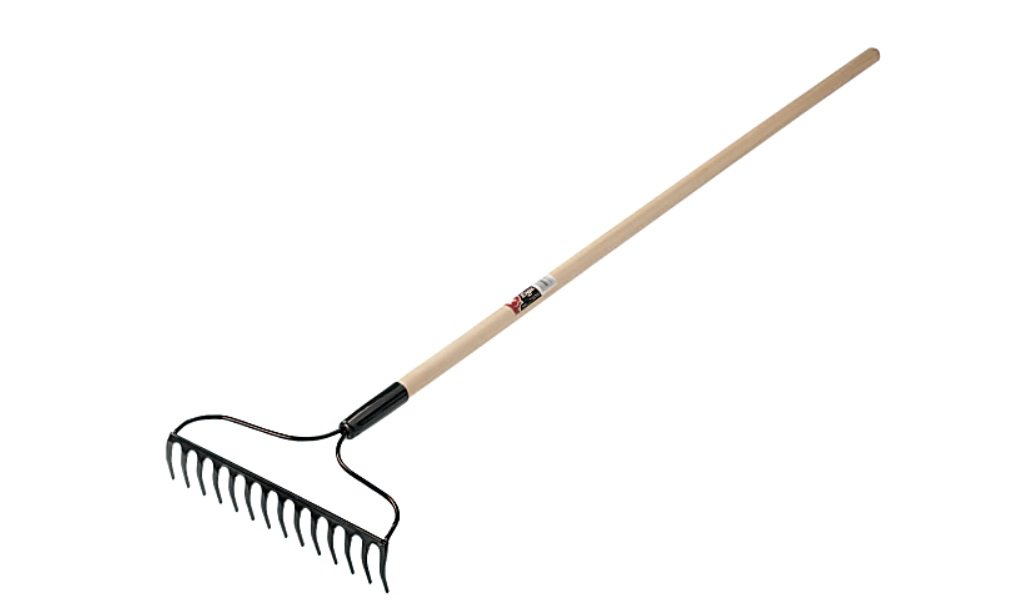
A rake is a broom for outside use; with a wooden handle with a strong metal head attached to its base.
It is also a horticultural implement with several tines or prongs and as such is vital in enabling it to perform its various functions.
Uses of rake
- to collect leaves, hay, grass, etc.,
- for loosening the soil in gardening.
- Light wedding and leveling or sloped planting beds
- removing dead grass from lawns
- for turning the top layers of soil
- The tines of rakes can break up large clods of earth into smaller parts
9. Peak:
Uses of peak
- this tool is good for digging in hard terrain
- removing stones
- making ditches or preparing holes in the ground for planting.
10. Spading fork:
A garden fork, spading fork, or digging fork is a gardening implement, with a handle and several (usually four) short, sturdy tines.
Uses of spading fork
- It helps in loosening, lifting, and turning over soil in gardening and farming.
11. Hand fork:
This is a small, handy gardening tool for digging up weeds, small plants, or seedlings.
Uses
- for aerating and cultivating the soil
- light weeding and transplanting seedlings.
- It can also be useful in working in confined places like containers, borders, or closely planted beds.
12. Hand trowel:
A trowel is a small hand tool
Uses
- for digging, applying, smoothing, or moving small amounts of viscous or particulate material.
13. Pruning shears:
Pruning shears, also known as hand pruners or secateurs, are a type of scissors for cutting plants and shrubs
Uses
- to prune hard branches of trees and shrubs, sometimes up to two centimeters thick.
14. Pruning saw:
A pruning saw is a tool with the same sharp teeth as saws used for cutting lumber.
But pruning saw helps in trimming live shrubs and trees.
15. Pickaxe:

The head of the pickaxe is made up of two edges, where one part of the end of the blade is pointed, the other end flat, and sharp-edged.
Uses
- for breaking up hard soil
- For digging up roots and tree stumps.
- Landscaping and breaking hard surfaces including wood.
16. Machete:
A machete is a large heavy knife.
Uses of machete
- For mowing the grass
- Chopping compost
- harvesting of plants an example is sugarcane.
- Fruit and nut splitting like coconut
- Cut fodder for livestock
- cutting or pruning the plants
- it enables the farmer to clear his way through the bush
- For cutting through thick vegetation or jungle undergrowth
- serves as an offensive or defensive weapon in cases of danger faced by the farmer.
17. Harvesting knife:
This is a metal tool firstly for the purpose of harvesting unspun fiber from plants or sheep.
Secondly, it is for butchering meat from animals.
Thirdly, it is for cutting bark from trees or dead trunks.
furthermore, it is for cutting mushrooms using the foraging skill.
18. Cutlass:
Uses
- cutting tree branches, weeds, and other plant materials in farmland digging superficial holes for the planting of seeds.
- for harvesting crops like sugarcane.
- For planting of crops like melon.
- it is a tool for clearing bushes
19. Sprinklers:
A device used to irrigate agricultural crops, lawns, landscapes, golf courses, and other areas. most importantly, for the cooling and for the control of airborne dust.
20. Sprayers:
Sprayers enable the application of pesticides, herbicides, fungicides, and defoliants as a means of crop quality control.
These herbicides, pesticides, and fertilizers are applied to agricultural crops with the help of a special device known as a “Sprayer.”
Uses
- Spraying of insecticides and fungicides
- For pest control
- Hydrating plants and animals
- Fire response/ controlled burning
- Spraying stickers and chemicals to enable withstand heavy rains
- To control disease infestation of livestock and pests
- To boost flower production
21. Watering Can:
This can be fitted with a sprout and two handles used for irrigation or watering plants.
Uses
- for the light irrigation of crops in the dry season.
- aids the application of liquid fertilizer.
- for wetting cement blocks with water during the construction of farm structures to reduce waste
- in the application of water to seedlings in the nursery.
22. Hosepipe:
A hose is a flexible hollow tube for carrying fluids from one location to another.
The agricultural hose is a flexible hose for agricultural purposes.
It is suitable for agricultural spray (insecticides or herbicides); it is also a water discharge hose that is at different working pressures.
23. Bucket:
A bucket is a type of loading tool in farming.
It works with the shove to scoop material from piles on the ground, lift them, and dump them somewhere else or into another container.
24. Wheelbarrow:
A wheelbarrow is a small hand-propelled vehicle, usually with just one wheel, designed to be pushed and guided by a single person using two handles at the rear, or by a sail to push the ancient wheelbarrow by the wind.
Uses of wheelbarrow
- Moving waste material of Animals Ex. chicken poop
- Transportation of fertilizers
- It can serve as a stretcher for an injured or dead animal
- It can serve as a toolbox harboring work equipment
- Carrying seeds
- Watering plants
- For bringing fodder for animals
- For carrying harvested crops like plantain
- It can serve for construction; in the case of building a farmstead or a goat pen
25. Sickle:
A sickle bagging hook or reaping hook is a single-handed agricultural tool designed with variously curved blades and typically for harvesting, reaping grain crops, or cutting succulent forage chiefly for feeding livestock, either freshly cut or dried as hay.
26. Scythe:
A scythe is an agricultural hand tool for mowing grass or reaping crops
27. Head Pan:
The head pan is a metal container with two handles opposite to each other.
One striking feature of the head pan is that its top is larger than its bottom.
Its handles enable easy grabbing of the tool by hand for easy transportation from one place to another.
Uses
- it helps in the collection of some harvested crops
- for the transportation of small farm inputs and output
- for the mixing of manure and fertilizer.
28. Manure Drag:
The manure drag consists of a handle attached to the tines.
The number of tines could be four or five at the base of the handle of the manure drag.
The tines have ends pointed at right angles to the handle to facilitate digging.
Uses
- It is used especially on animal farms to dig farmyard manure.
29. Dibbler:
A dibber or dibble or dibbler is a pointed wooden stick for making holes in the ground so that seeds, seedlings, or small bulbs can be planted.
30. Daisy grubber
A daisy grubber is a short tool made with a claw.
The daisy grubber is used to remove the roots of daisies.
31. Hammer:
A hammer is a tool consisting of a weighted “head” fixed to a long handle that is swung to deliver an impact to a small area of an object.
This can be, for example, to drive nails into wood, to shape metal (as with a forge), or to crush rock. Hammers are used for a wide range of driving, shaping, and breaking.
32. Gloves:
Gloves like black Nitrile have excellent chemical resistance against common chemicals.
Farmers wear gloves as protective barriers in caring for livestock, handling chemicals such as herbicides and disinfectants, and even dealing with contaminated soil and sick animals.
Some are also worn in extreme weather conditions even when handling hard equipment like spades and wheelbarrows.
CONCLUSION
Farming wouldn’t have been practicable for an average farmer or gardener without the above equipment.
These farm tools basically hand farming tools have over the years made farming easier and more efficient.
What ordinarily could have posed a challenge can now be done in a few hours while employing the right tools.
It is important to note that farming has evolved over the years.
Hence, there has been an advancement as people no longer farm for a few months but commercially, even for exports.
Therefore, there is a need to employ mechanical tools such as tractors, cultivators, harvesters Etc. that make large-scale farming possible and faster.
Nevertheless, the usefulness of local or hand tools like hoe cannot be overlooked as they are still widely used especially in gardening.
If you found this list helpful, please share it on social media.
Cheers.
- 10 Pro Tips on How to Take Care of Succulents
- 6 Uses For IBC Totes On The Farm
- Revolutionizing African Agriculture: The Potential of Bokashi Composting
- Cucumber Farming: How to Plant, Grow, and Harvest Cucumbers
- Okra Cultivation Guide – The Step-By-Step Okra Farming Procedure
- Cucumber Companion Planting [The best and the worst crop to grow with cucumber]





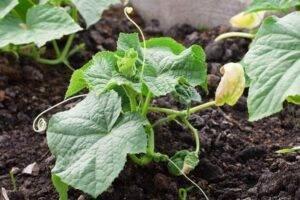


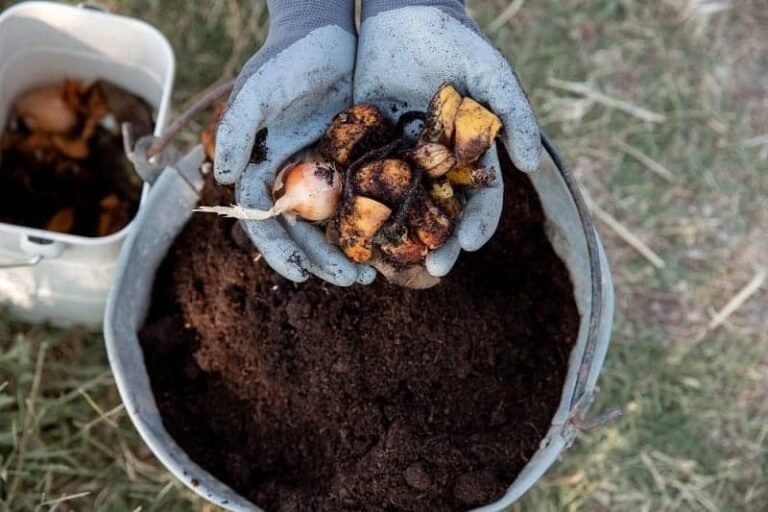
![How to Grow Bell Peppers From Seeds To Harvest [Complete Beginner Guide]](https://agro4africa.com/wp-content/uploads/2022/02/red-and-yellow-bell-pepper-e1645893503827.jpg)
